NOAA Hurricane Hunters – PBS NewsHour (2018)
Every hurricane season a fleet of “Hurricane Hunter” planes are deployed to “airtruth” the atmospheric conditions of storms long before they make a landfall. A pair of Lockheed P3 Orion turboprop planes nicknamed “Kermit and “Miss Piggy” are among them. Hurricane Hunter missions are crucial to verify and fine-tune satellite measurements. Hurricane Hunters fly directly into the hurricanes and traverse the eye of the storm several times in order to collect atmospheric data equipped with airborne Doppler weather radar. During […]


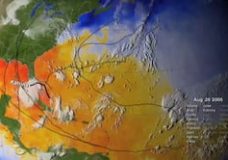
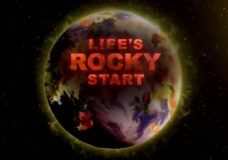
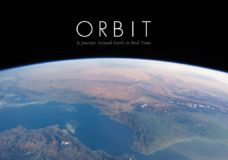

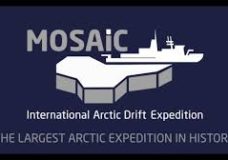
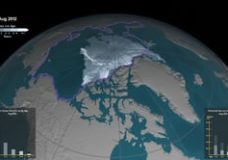
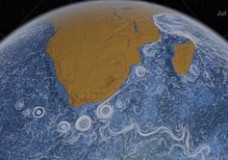


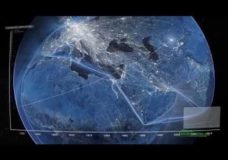
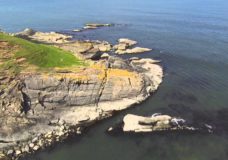
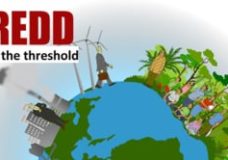

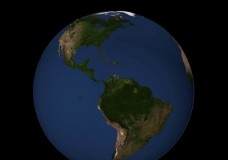

Recent Comments